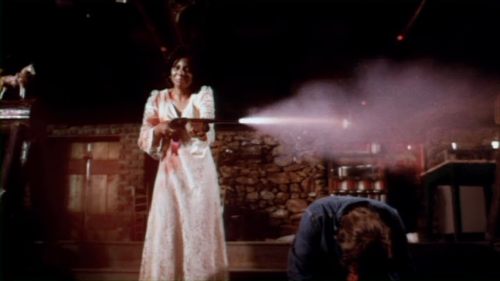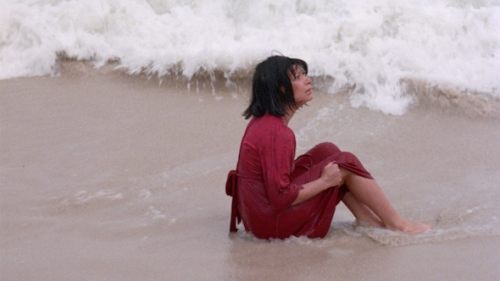The Awful Truth Of MEN BEHIND THE SUN
In my many years as a fan of twisted and macabre cinema, I’ve come across a lot of films that most would never dream of watching. Years ago a friend (who would later become my husband) recommended I check out a Chinese film called Men Behind The Sun. So I tracked it down and watched it on my own. By the time I’d gotten around to it I was already seasoned in my exploitation fare. I’d sat through countless hours of Naziploitation, breezed through Cannibal Holocaust, and ventured into more “high-brow” artsploitation like Salo: 120 Days of Sodom. But Men Behind the Sun isn’t really your typical exploitation flick.
Men Behind the Sun came out in 1988 well after the boom of exploitation cinema had come and gone. T. F. Mou set out to create a film depicting Japanese war crimes during World War II. He focuses the story on Unit 731 and the grotesque experiments that were performed on Chinese captives by General Shiro Ishii. Among these experiments are letting fleas infected with bubonic plague feast on prisoners, freezing a woman’s arms and then thawing them only to have both of her arms entirely de-gloved, and putting a man in a pressure chamber causing him to release his bowels and intestines. All of these experiments are shown in full throughout the film, there are no cutaways, no fades to black; you just sit and watch it all unfold. What made this film worse than previous exploitation films is that it used footage from an actual autopsy of a young boy who had recently died.
Of course, like other exploitation films, Men Behind the Sun became subject to major controversy across the world. T. F. Mous didn’t intend to make an “exploitation” film, he wanted to create an educational piece to inform the world of what had been done to the Chinese by the Japanese. In Australia the film was banned, in Japan, there was such a backlash that Mous received death threats, and there was numerous criticism for the animal abuse that takes place in the film. Mous has said that the cat killed within the movie by a rat swarm was not actually killed but a blog post from China appeared in 2008 stating that the rats and cat were killed on set. We will probably never really know what went down in the making of Men Behind the Sun but we do know that the actual story of Unit 731 is horrifying.
The real Unit 731 has been shrouded in mystery for decades after most of the records regarding it had been destroyed at the end of the war. But thanks to the Freedom of Information Act, some of that history has become available to the public. Unit 731 was a biological and chemical warfare research facility that performed hideous and lethal experiments on the Chinese during World War II. Officially, the operation was known as the Epidemic Prevention of Water Purification Department and was set up by the Kempeitai military police.
It’s estimated that 250,000 men, women, and children were experimented on and eventually killed either by the experiment or by soldiers under the direction of General Ishii. The project’s code-name was Maruta, a name that T.F. Mous retains in the film, that essentially translated into logs. Most of the experiments were performed on live people to supposedly study the nervous system and how it reacted to various traumas like freezing or extreme pressure. Researchers amputated limbs, removed stomachs, attached the esophagus to intestines, and removed pieces of other organs. These inhuman tests along with a myriad of abhorrent treatments were conducted on Chinese, Russian, English, and American prisoners right up until the end of the war.
Sadly, when it became clear Japan had lost they began destroying much of their data and evidence. Instead of being tried for war crimes, many of the “researchers” involved, including Ishii, were granted immunity by the US in exchange for the data that was collected during the experiments. General Ishii was even employed by the US Government at Fort Detrick in Maryland. He helped created biological and chemical weapons that would later be used in the Korean War.
Film is only one voice but because of its visual nature, the impact of such tragedies can be felt tenfold by its audience. This film is hard to watch and perhaps not the first choice during this holiday season but when you take a look at what’s happening around the world now you can see that films like this must exist. These stories have to be told even if they are hard to imagine.



